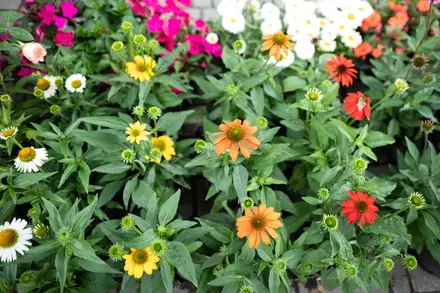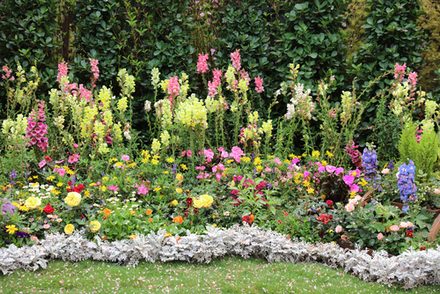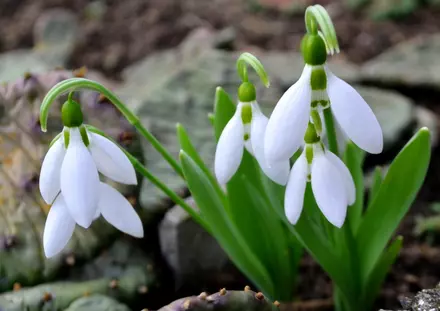Mastering early planting with garden covers

As every gardener knows, timing and protection are key elements to cultivating a successful garden. By starting your seeds early and using garden covers effectively, you can extend your growing season and protect your plants from unpredictable weather. This approach not only boosts your garden’s productivity but also gives you a head start on the season. Here’s how you can use different types of garden covers to your advantage.
The benefits of starting early
Starting your seeds early, particularly under cover, allows your plants to establish themselves well before they would naturally germinate outdoors. This method not only leads to earlier harvests but also provides young plants with a controlled environment shielded from late frosts, pests, and excessive rain. By controlling these early-stage factors, you ensure stronger, more resilient plants that can withstand the rigours of a full growing season.
Types of garden covers
Garden covers come in various forms, each designed to offer specific benefits to plants at different stages of growth. Selecting the right type of cover depends on your specific climate conditions, the types of plants you are growing, and the goals you have for your garden.
- Cold Frames
Cold frames are bottomless boxes with a clear top, typically made of glass or polycarbonate, which are placed over plants to protect them from extreme cold and wind. By using a cold frame, you can sow seeds several weeks earlier than you would in the open garden. These structures trap heat during the day, thereby raising the temperature inside and creating a microclimate that accelerates seed germination and growth. Cold frames are especially useful for hardy vegetables like spinach, lettuce, and radishes, which can tolerate chilly nights.
- Floating Row Covers
Floating row covers are made from lightweight, breathable fabric and are laid directly over crops without the need for a supporting structure. These covers allow light, water, and air to reach the plants while still offering protection from frost and pests. Row covers can be used to accelerate the growth of heat-loving vegetables like tomatoes and peppers by protecting them from cool night temperatures in the spring. They’re also effective at keeping pests at bay, such as the cabbage moth and carrot fly.
- Greenhouses and Tunnels
Greenhouses and tunnel covers provide a more permanent solution for gardeners looking to extend their growing season. By creating a fully controlled environment, greenhouses can allow for year-round gardening, depending on their construction and the climate. Tunnels, which can be made from plastic or fabric stretched over hoops, offer a more flexible and less expensive option that can be put up and taken down as needed. Both greenhouses and tunnels are ideal for starting seeds early and can protect plants from frosts, heavy rains, and pests.
Best practices for using garden covers
To maximize the effectiveness of garden covers, consider the following tips:
- Ventilation: Ensure adequate air circulation to prevent overheating and to allow moisture to escape. This is particularly important on sunny days when the air inside a cover can become excessively warm.
- Moisture Control: Water your plants in the morning so they have time to absorb moisture before the cooler nighttime temperatures set in. Be cautious of over-watering, as high humidity inside a cover can lead to mold and disease.
- Acclimatization: Gradually expose your plants to outside conditions before planting them in the open garden. This process, known as hardening off, is critical to prevent shock from sudden changes in temperature or exposure.
Garden covers are invaluable tools for gardeners looking to get a jump on the growing season. By understanding and utilizing these protective covers, you can significantly enhance the health and yield of your garden, making your gardening efforts more fruitful and enjoyable.



